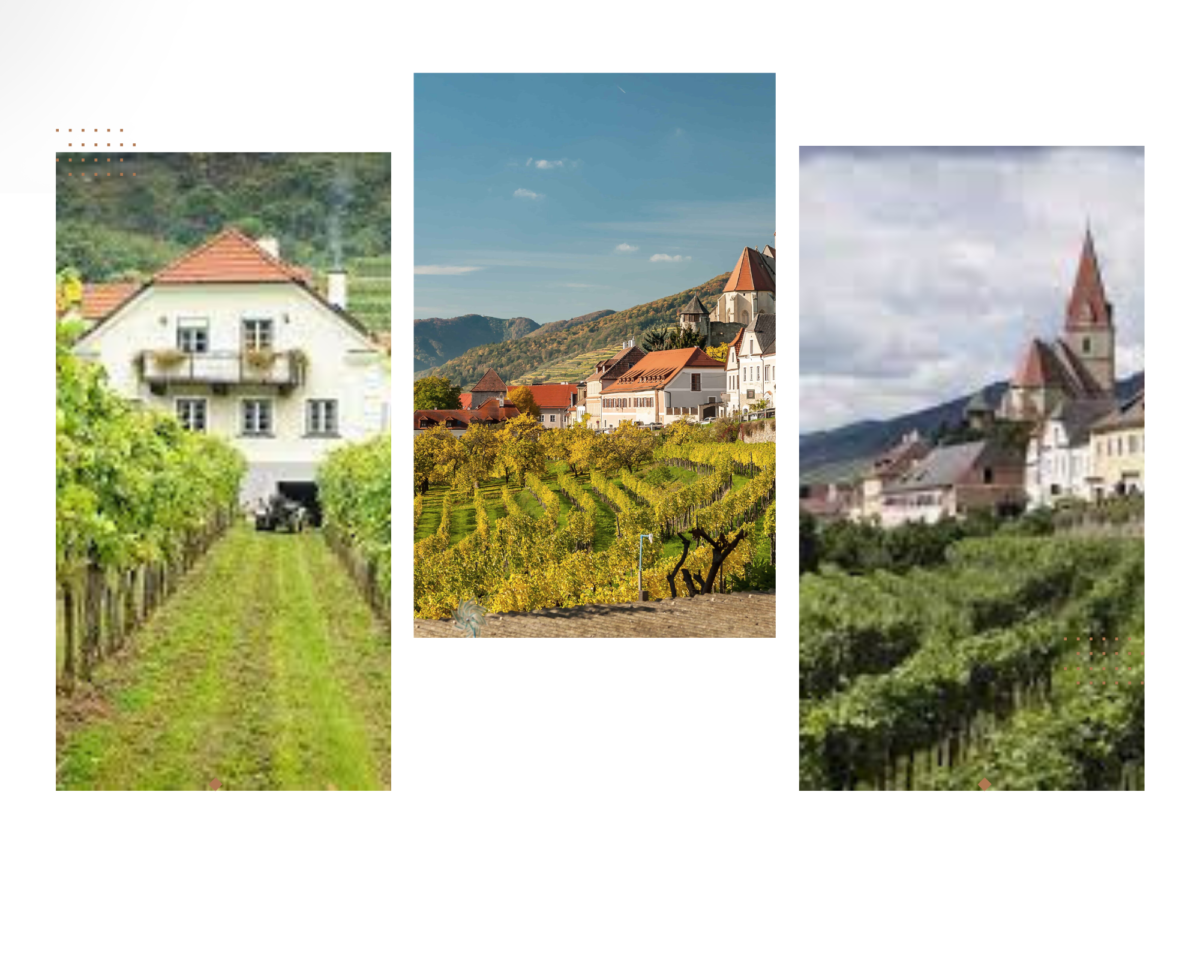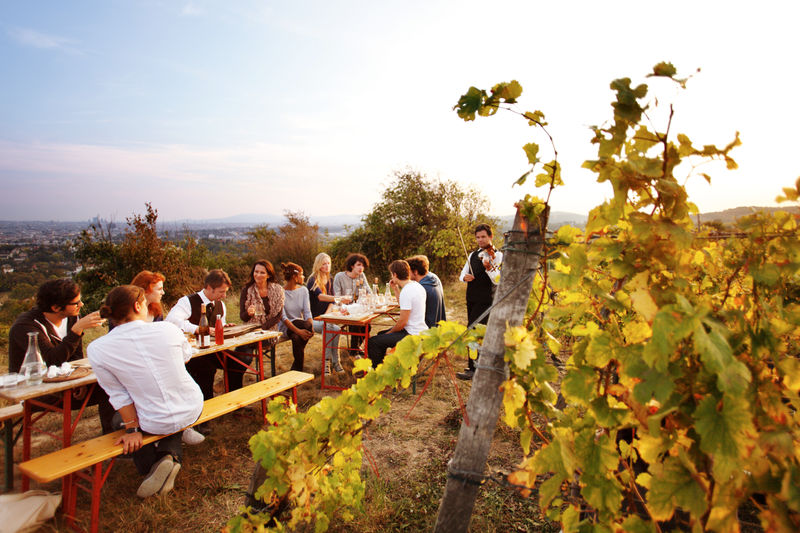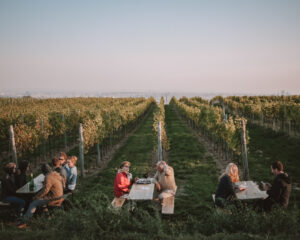The recently adopted “Wine Law Collective Decree” has established the legal basis for the official classification of Austria’s single vineyards. The Ordinance defines two tiers: “Erste Lage” (premier cru) and “Große Lage” (grand cru). Classification is carried out according to a strict list of criteria. The first vineyard classifications can be expected in 2025, at the earliest.
Various private initiatives in Austria, for classifying single vineyards, known as “Rieds” have been in place in Austria for many years. These initiatives identify those of its members’ vineyards that have gained a name for producing first-class wines. Following an intense preliminary phase, the Wine Law Collective Decree 2023 has established the legal basis for an official, nationwide classification system. It outlines two tiers of classification. The “Erste Lage” (premier cru) is the first level that a vineyard can attain. Once a minimum of five years has elapsed, the vineyard is able to be defined as a “Große Lage” (grand cru).
“The Collective Decree 2023 has defined the legal basis for enabling Austrian Rieds to be classed officially according to a standardized system,” explains Chris Yorke, CEO of the Austrian Wine Marketing Board (Austrian Wine). “The decision whether to classify Rieds is up to each wine-growing region because the significance of single vineyards differs from region to region,” Yorke adds.
Lower maximum yield per hectare and harvesting by hand required
The decree outlines the general conditions required for the classification of a vineyard. For example, the use of “Erste Lage” and “Große Lage” is only permitted on DAC wines from classified vineyards. Furthermore, the wine-growing region from where the wine originates must have defined the three DAC levels of Gebietswein (regional wine), Ortswein (villages wine) and Riedenwein (single-vineyard wine). The decree also states that “Erste Lage” and “Große Lage” can only be used when the wine has been harvested by hand and a lower maximum yield per hectare than the legal limit is met.
Detailed documentation is essential
If a wine-growing region wants to classify its leading vineyards, the Regional Wine Committee must submit an application to the National Wine Committee. A classification document containing detailed information needs to be completed for each Ried. This covers facts such as the historical significance of the vineyard, the homogeneity of its soil, geological characteristics, climate and orientation, and the volume and value of the wines that the Ried produces. A Ried also has to provide evidence of other factors demonstrating its potential for producing high-quality wines, e.g. national and international wine ratings. For a Ried to receive the designation of “Große Lage”, it must have been an “Erste Lage” for at least five years and further requirements for the use of the term “Große Lage” will have to be defined.
“Establishing an official vineyard classification system at a national level presents considerable challenges,” emphasizes Yorke. “This is why we will be supporting the wine-growing regions with the process step by step over the next few years and continuously sharing our experiences.” The first “Erste Lage” classifications are not expected before 2025.
Here is a short overview:
Legal basis for an official vineyard classification system
The Wine Law Collective Decree defines the legal basis
Two tiers:
- “Erste Lage”
“Große Lage” (at least 5 years after having been designated an “Erste Lage”)
Conditions for the use of the terms “Erste Lage” and “Große Lage” include:
- DAC wines from classified Rieds (single vineyards)
- lower maximum yield per hectare than the legal limit
- harvesting by hand
The classification process:
- Regional Wine Committees submit an application to the National Wine Committee on behalf of the Ried(s)
- Classification document for each candidate Ried, including information about:
- the historical significance of the vineyard
- homogeneity of the soil, geological characteristics, climate and orientation
- national and international ratings of the Ried’s wines
- The first classifications are expected in 2025, at the earliest.




